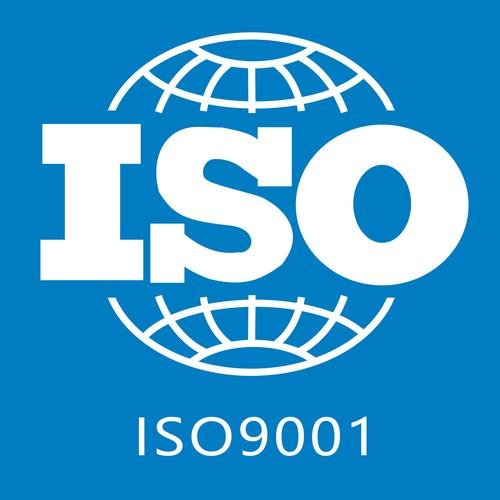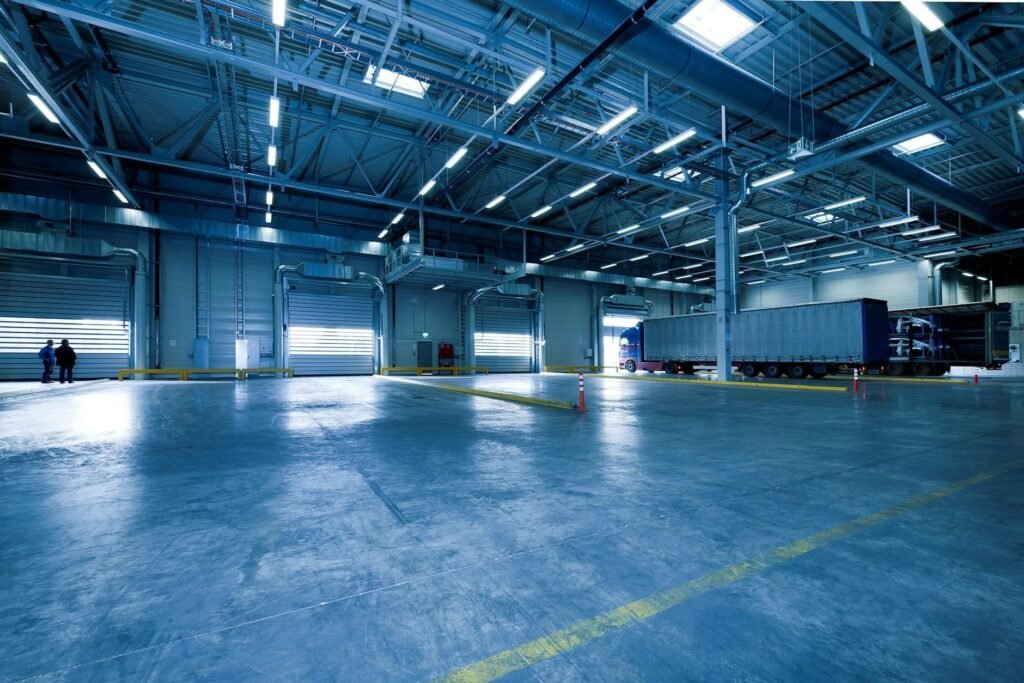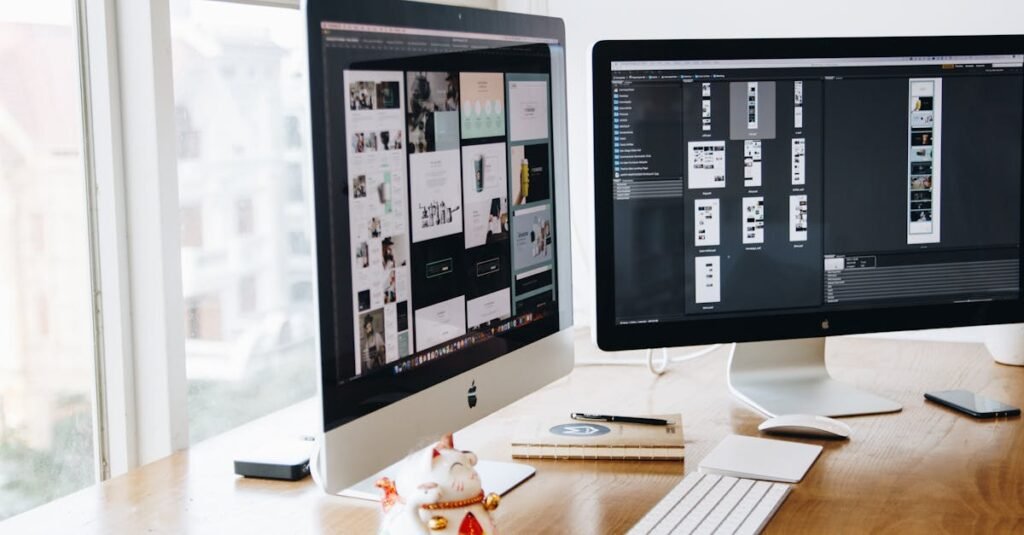If you’re starting your own athletic clothing brand, one of the most critical steps is finding the right manufacturer. A good factory is more than just a supplier—it’s a long-term partner who impacts your product quality, cost, delivery timeline, and brand image. In this guide, we’ll walk you through the key factors to consider, from basic qualifications to deeper long-term compatibility.
1.Define Your Activewear Business Model First
Before you even contact factories, be clear about your brand direction:
OEM (Original Equipment Manufacturer) – Custom Design & Development
OEM means you create your own styles from scratch—everything from silhouette, fabric, fit, to trims is based on your unique vision.
Pros:
- Ideal for building a unique and differentiated athletic clothing brand.
- Full control over design, materials, and quality.
- Strong brand ownership and product storytelling.
Cons:
- Higher upfront investment (sampling, development, and inventory)
- Longer lead times
- Usually higher minimum order quantities (MOQs)
OEM is best suited for brands that are ready to invest in long-term brand equity and have a clear product concept.
ODM (Original Design Manufacturer) / Private Label – Ready-to-Sell Designs
ODM allows you to purchase pre-designed products from manufacturers, and simply add your own branding (labels, tags, packaging).
Pros:
- Quick to launch new version of athletic clothing
- Lower upfront costs
- Great for testing product-market fit or starting with a lean budget
Cons:
- Limited customization
- Lower product differentiation
- Risk of product overlap with other brands
This is a great entry model for beginners or those looking to validate their idea before committing to full-scale development.
Hybrid Model – The Best of Both Worlds
Some brands choose a combination of OEM and ODM—developing a few signature pieces in-house while supplementing their collection with trending ready-made items.
Pros:
- Maintains brand uniqueness while saving time and cost
- Faster go-to-market for trend-driven items
- Flexibility to scale and experiment
This model allows you to balance creativity with practicality, especially useful for early-stage brands or limited teams.

2. Search for 2–3 Potential Sporswear Manufacturers
Use trusted platforms like Alibaba, Facebook, Google, LinkedIn to identify 2–3 manufacturers that seem aligned with your business needs. Look for companies that:
- Have experience producing athletic wear
- List services that match your business model
- Show transparent information and customer reviews
You don’t need to find the perfect factory at this stage—just ones worth investigating further.
3.Verify Athletic Clothing Manufacturer Credentials
Once you’ve shortlisted 2–3 potential manufacturers, it’s time to dig deeper. Ask for:
- Business license or legal registration
- Certifications (e.g., ISO 9001, BSCI, WRAP, OEKO-TEX, GRS, etc.)
- Minimum Order Quantities (MOQ): Do their MOQs match your business scale?
A professional manufacturer will be transparent and provide documentation promptly.

4. Understand Sportswear Manufacturers Production Capacity
It’s essential to assess whether the factory has the scale and resources to support your growth. Check:
- Total number of employees (especially sewing workers and QC staff)
- Production capacity per month
- Request a factory tour—if in-person visits aren’t possible, ask for a live video call or a recent walkthrough video.
This helps you avoid surprises later regarding delays, outsourcing, or poor infrastructure.
5. Evaluate Activewear Manufacturers Quality Management System
Athletic clothing requires precision. Here’s what to look for:
- Relevant sewing machines and technology: For example, a serious athleticwear factory should have flatlock machines (4-needle 6-thread) to ensure comfort and durability.
- Quality control process: Ask how they manage QC from fabric inspection to final packaging. Do they conduct inline checks? What’s their defect rate?
A good factory will walk you through their quality assurance steps without hesitation.

6. Assess Communication and Service During Initial Contact
Your early interactions can tell you a lot:
- How quickly do they respond to your inquiries?
- Do they understand your product and requirements clearly?
- Do they offer suggestions or just say “yes” to everything?
Strong communication and technical understanding are signs of a long-term partner—not just a supplier.
7. Share Your Requirements and Request Quotes
Once you feel confident in a factory’s professionalism, send them your requirements:
- Tech packs or design sketches
- Fabric and accessory details
- Estimated order quantity and target price
Evaluate the quotes you receive, but remember—don’t base your decision on price alone.

Additional Strategic Considerations
8. Sustainable Manufacturing Capabilities
Sustainability is now a brand advantage, not just a bonus. Ask:
- Do they offer eco-friendly fabrics (e.g. recycled polyester, bamboo, organic cotton)?
- Do they hold certifications like GRS or OEKO-TEX?
- Do they have systems in place to reduce waste or energy?
- If you’re a conscious brand, your factory should align with your values.
9. Sampling and R&D Support
Innovation in sportswear often starts with samples. Consider:
- How fast can they create a prototype?
- Do they have in-house pattern makers or tech pack experts?
- Can they support low-MOQ test orders?
Strong R&D = faster go-to-market speed.

10.Brand Support Services (Private Label)
For brand identity, ask if they can help with:
- Custom labels, tags, packaging
- Logo printing (sublimation, screen print, embroidery, heat transfer)
- High-res factory photos and certificates to build brand trust
11.Location & Logistics Efficiency
A factory’s location affects:
- Freight cost & delivery time
- Ease of customs clearance
- Export experience (especially if shipping globally)
Ask: Are they near major ports or airports? Do they support door-to-door services?

12. Scalability and Long-Term Growth Potential
Today you might place 300 pieces. But what about 10,000 next year?
- Can they scale up production?
- Can they prioritize you during peak seasons?
- Are they open to long-term cooperation contracts?
Choose a partner, not just a provider.
Conclusion: Don’t Just Compare Prices—Compare Fit
In the apparel world, two products may look identical but differ greatly in quality. The wrong fabric or poor stitching could lead to returns, bad reviews, or lost customers.
✅ Choose a manufacturer based on their experience, transparency, flexibility, quality management, and alignment with your brand.
💡 A good partnership can help your brand stand out in a crowded market.
Contact us ,we will show you all of our information!–> Sustainable activewear manufacturer

